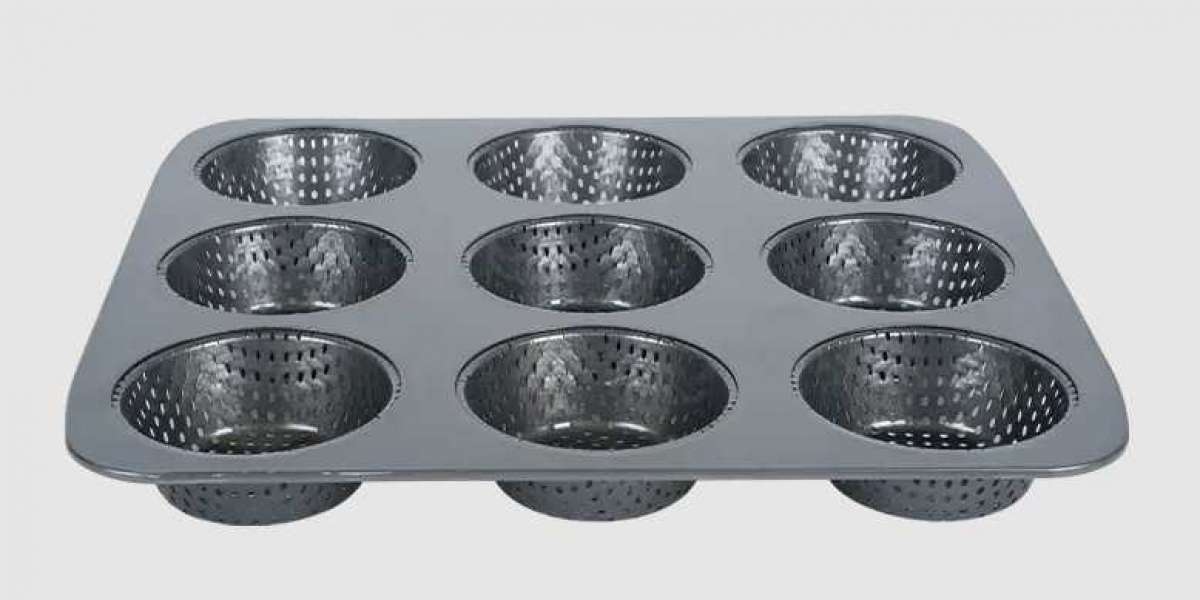Muffin pans are widely used in baking, and one common concern among users is whether these pans produce any unpleasant odors during the baking process. The presence of unwanted smells can affect not only the baking environment but also potentially alter the flavor of the baked goods. Understanding the factors that contribute to odor generation from muffin pans can help bakers take the necessary steps to avoid such issues and ensure a pleasant baking experience.
In general, a high-quality muffin pan made from food-grade materials such as aluminum, stainless steel, or coated carbon steel should not emit any strong odors during normal baking. These materials are designed to withstand high temperatures without releasing smells or harmful substances. However, certain situations can cause a muffin pan to produce odors, which usually stem from residues, coatings, or improper cleaning rather than the pan itself.
One common source of odors is the presence of manufacturing residues or protective coatings on a new muffin pan. Some pans come with factory-applied oils, anti-rust treatments, or non-stick coatings that may emit a slight smell during the first few uses. This initial odor typically dissipates after thorough cleaning and several baking cycles. It is recommended to wash a new muffin pan with warm, soapy water and bake it empty at a moderate temperature for a short time to remove any residual smells.
Non-stick coatings, while highly convenient for baking and cleaning, can sometimes release odors if overheated beyond their temperature limits. Overheating may cause the coating to degrade and produce a chemical smell. To avoid this, users should adhere to the manufacturer’s recommended maximum baking temperature and avoid using metal utensils that could scratch and damage the coating, as damaged areas may also contribute to odor development.
Another factor that may lead to unpleasant smells is inadequate cleaning. Food particles, grease, or oils left on the muffin pan after baking can become rancid or burn during subsequent use, resulting in noticeable odors. Proper cleaning after each use, ensuring all residues are removed, and drying the pan thoroughly can prevent such issues. Avoiding harsh cleaning agents that might leave chemical residues is also important to prevent unwanted smells.
In some cases, lower-quality muffin pans made from materials that are not food-grade or poorly coated may emit odors, especially if exposed to high heat for extended periods. These odors can sometimes be metallic or plastic-like and are indicators of unsafe or substandard materials. It is advisable to invest in muffin pans from reputable manufacturers to ensure safety and odor-free baking.
In summary, muffin pans generally do not produce odors during baking if they are made of high-quality materials, properly cleaned, and used within recommended temperature limits. Initial odors from new pans are common but usually temporary and can be eliminated with appropriate cleaning and seasoning. Following these practices helps maintain a pleasant baking environment and preserves the natural flavors of the baked goods.








